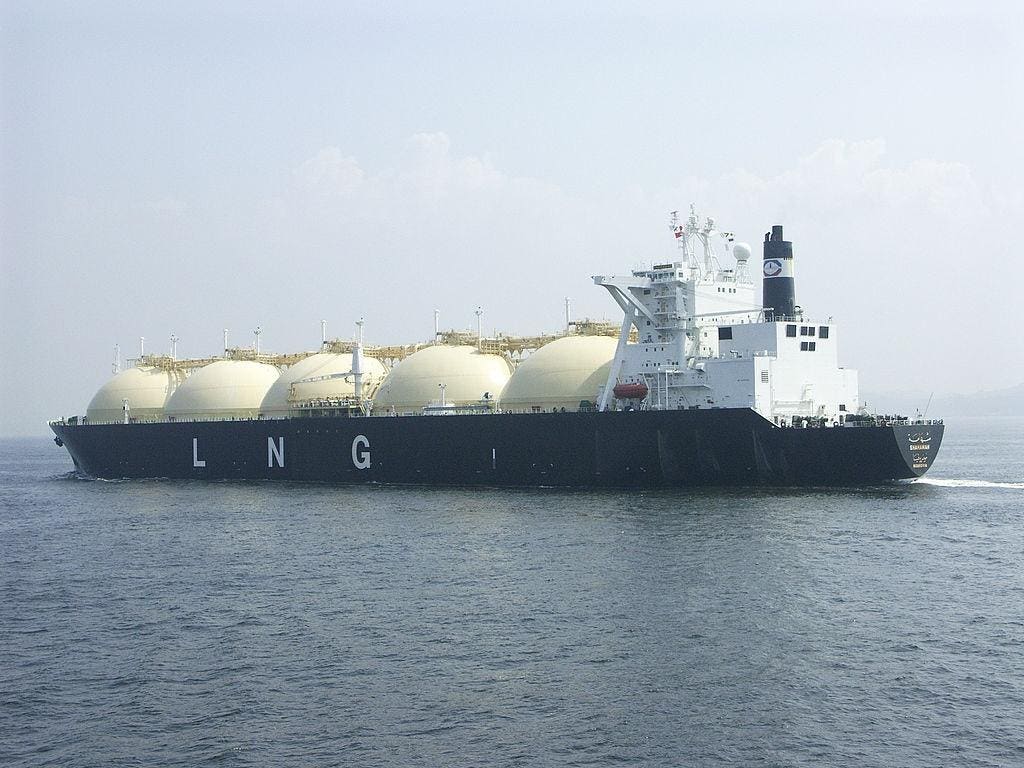It has been 50 years since the Arab oil embargo and the ensuing crisis, which broke in October 1973.
The initiating action was the embargo, but I recall that markets were tightening ahead of that epic event. During the summer driving season, there were already spot shortages of gasoline.
Fortuitously I had launched a newsletter in Washington, Weekly Energy Report, which morphed into The Energy Daily. As a publisher, I was in the right place at the right time.
U.S. Vulnerability Exposed
It was a different story for the United States. Suddenly, we learned how vulnerable we were as a nation and how energy could starve economic activity. The Organization of Petroleum Exporting Countries, founded in 1960, as an intergovernmental group, became an all-powerful bete noir.
A bumpy energy road was unfolding before the world — a road that got bumpier with the Iranian Revolution of 1979.
The last best hope was for coal and under successive U.S. administrations, attempts were made to liquefy and gasify it. But mostly it was burned in utility boilers. The other option for electricity generation, nuclear, was sidelined by concerted public and environmental opposition. Only climate theorists worried about the greenhouse gas effect.
President Nixon asked the Atomic Energy Commission, a forerunner of the Department of Energy, to write a report. I wrote the executive summary, and it was a woeful story. The United States had insufficient domestic oil; and gas was a declining resource, nearly exhausted.
Fast forward 50 years and the world has plenty of oil. Indeed, it is endeavoring to get off oil altogether and to use less natural gas, although that is also in plentiful supply — thanks to 3-D seismic technology, horizontal drilling and advanced fracking.`
This month, the International Energy Agency in Paris calculated that world oil demand would peak in 2030. OPEC, in a separate study, said it expects that peak won’t arrive until 2045.
Either way, the United States is facing a policy dilemma. It is now the world’s largest producer of oil and natural gas. Driven by climate change, it would like to curb the use of natural gas by electric utilities and to accelerate the move off petroleum as the primary transport fuel.
The nation has clamped down on offshore drilling, and seems to believe that less production means less consumption. It has pushed electric vehicles of all sizes, which will slash oil demand over time.
But natural gas — which is the mildest polluter of the fossil fuels — is more problematic. The United States produces it in surplus and has a healthy export trade, which has added to the arrows in its diplomatic quiver, as evidenced by the war in Ukraine.
Domestically, the electric utilities need to use gas turbines to smooth out the intermittency of solar and wind generation and to help them get off coal. Every utility is struggling to close its coal facilities, but there is a long way to go. Coal still accounts for 19 percent of the U.S. electricity supply.
The equation plays out globally like this: more gas, less coal, reduced but some pollution.
The Biden administration is committed to a lofty goal of zero carbon in the electric sector by 2050. Not many utilities feel they can achieve this, and some are openly doubtful in private.
Against the desired net zero by 2050 goal, the demand for electricity is predicted to double or even triple by that time — the result of moving transportation off oil, heavy industry off coal, and driving toward an all-electric future.
We have lost decades on nuclear, and it will take time for that guaranteed-reliable and carbon-free source of electricity to catch up with demand. Wind and solar are growing in the utility mix, but their downsides — land use and intermittency — stand in the way of an all-renewable future in the near term.
Nuclear and renewables are a viable combination but until then, natural gas is the clear answer until technology opens another door.
Ships To Burn Compressed Gas
Take shipping. The 55,000 ships plying the world’s oceans burn huge quantities of residual oil and diesel. Huge new cruise ships will pioneer the burning of compressed natural gas; a few older ones are slated to convert. Most new cargo vessels won’t take the plunge until widespread gas bunkering is available. But there is natural gas in the maritime future.
Mike Sommers, president of the American Petroleum Institute, which represents producers, argues that no national purpose is served at this point in weakening the oil and gas industries in the hope that will promote a reduction in their use near term.
U.S. technology led the world out of the energy crisis 50 years ago and unfettered, it will likely lead it to a climate-friendly future. It has been a towering achievement. Bad policy will undermine the strength it has given the country in diplomacy, in reduced reliance on coal, and in a sense of security.
There is always danger in politically chosen alternatives — like the one that favored coal over nuclear.
Read the full article here





